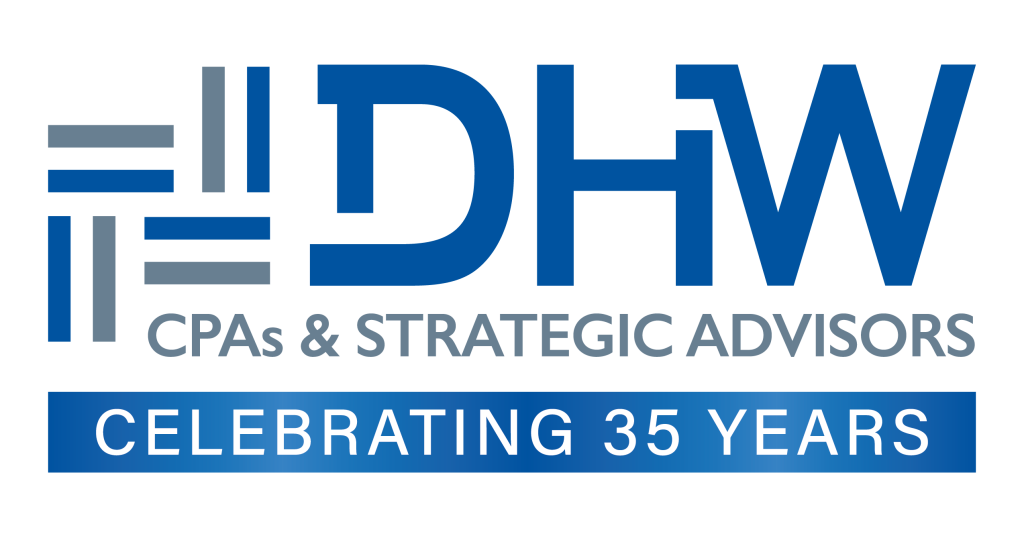A Form 990 is the nonprofit tax form that details an organization’s activities and financial standing. This form not only justifies an organization’s tax-exempt status, but also reveals key information that charity-rating organizations and grant makers use when evaluating nonprofits. While many nonprofit organizations are familiar with the Form 990, they may be less comfortable with the review process.
The Form 990 should incorporate detailed information regarding all programs the organization conducts, the programs’ revenue, and their expenditures. Prominent foundations and other philanthropic institutions will look for a detailed Form 990 as a part of their due diligence process for grantmaking. It is in any organization’s best interest to ensure that this form is accurate, up-to-date, and easily accessible.
The IRS does not mandate the review of Form 990; however, many nonprofit boards choose to review this all-important tax form. This is considered best practice. If a board does conduct a review of the Form 990, the IRS mandates that the organization disclose its Form 990 review process. Therefore, nonprofits should establish a consistent review process to mitigate compliance risks and identify/address any issues that may raise a red flag for funders, donors, and charity watchdogs.
What to Look for During a Form 990 Review
It is important to remember that reviewing the Form 990 is an essential part of the fiduciary responsibility that nonprofits have to the organizations they serve. It can be helpful to include legal and financial professionals on your nonprofit’s board for this reason. They will be able to understand the information contained in the form and identify any compliance concerns. While reviewing the Form 990, boards should start by looking for three things: cost allocation, compensation concerns, and transaction and loan ethics.
In part IX of Form 990, nonprofits must allocate their expenses between their program service activities, management and general expenses, and fundraising. The IRS requires the process for cost allocation to be reasonable, and it requires the cost allocation process to be documented thoroughly. Funders, donors, and charity watchdogs will also analyze the percentage of overall funding that goes towards program activities when considering their capital decisions.
When it comes to the compensation of board members, those who the IRS determine to be unreasonably compensated may be liable to pay an excise tax and return their excess benefits. Any board members who approved the excessive compensation may also be liable for an excise tax. Additionally, donors and funders may want an explanation of executive compensation before they make any funding decisions.
Finally, the IRS analyzes the transactions that involve directors, officers, and others considered to be “interested persons” who have substantial influence within the organization. Schedule L of the return documents these transactions, and they must be “at fair market value and arm’s length” as it pertains to the nonprofit. All board members should review these transactions to confirm that they meet all IRS guidelines. Additionally, loans made to people the IRS considers “interested persons” will be analyzed and could raise a red flag. The loans must carry commercially reasonable terms and include an interest rate and security, similar to a bank loan. Transactions and loans that do not meet the IRS standards could cause the organization and individuals involved to be subject to excise tax penalties. Particularly egregious violations could jeopardize the organization’s tax-exempt status.
It is imperative that nonprofits formalize a board review process for their Form 990 to ensure that the organization stays in good standing with the IRS, donors, and the public. Consider the Form 990 as an important tool for any nonprofit organization to pursue funding and navigate increasing scrutiny. Board members should utilize their experience to help the nonprofit they serve to maintain compliance and reinforce their organization’s commitment in the eyes of the public and their donors. A detailed Form 990 allows the organization to communicate its story, highlight its impact, and make its case to funders, donors, and the public.
About the author
Matt McKinney is a Tax Manager in DHW’s Hickory office. Matt has been with the firm over 10 years and assists organizations with navigating the complex and ever-changing tax landscape. Matt can be contacted at 828-322-2070 or via email at mattm@dhw.cpa

